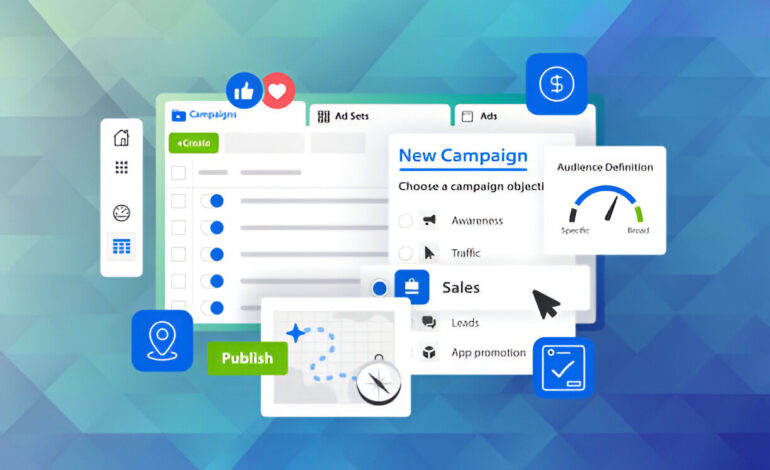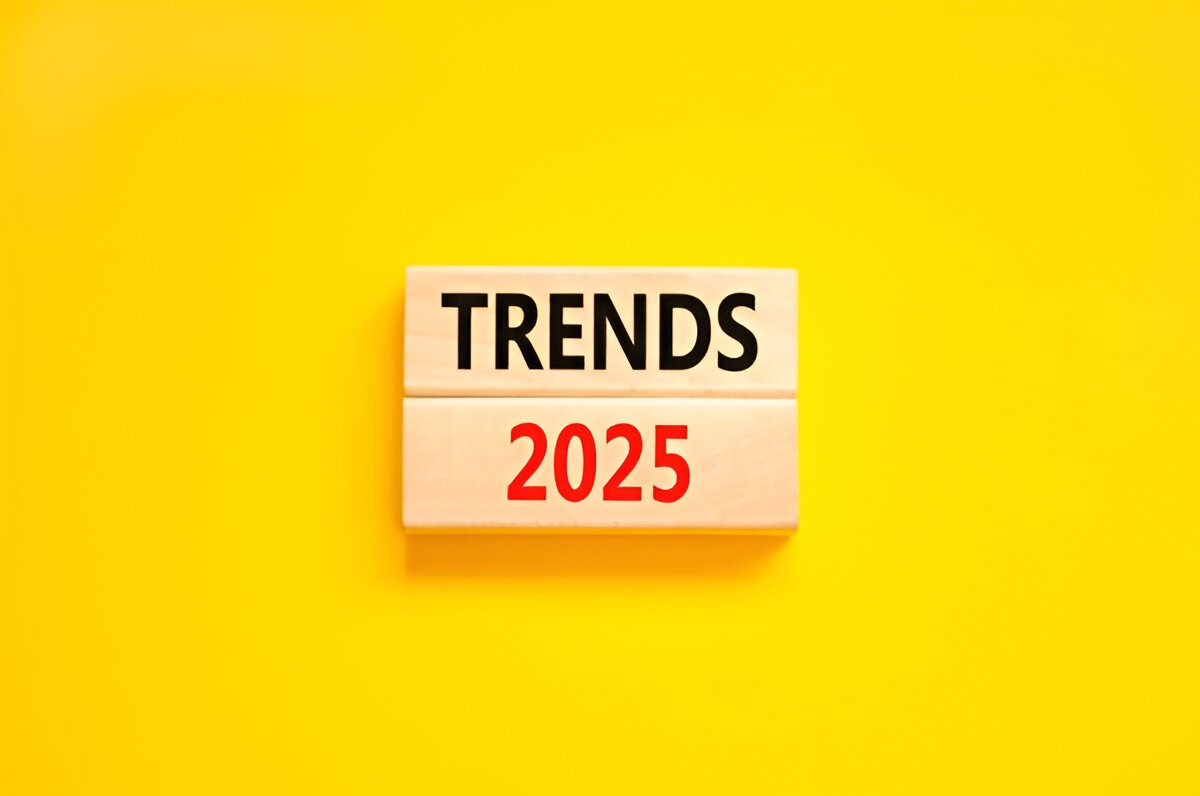
Proven Ways to Get More Quality Backlinks in 2025
Backlinks have always been a cornerstone of SEO, but in 2025, the game has changed. With Google’s AI-driven algorithms and EEAT (Experience, Expertise, Authoritativeness, Trustworthiness) updates, building backlinks requires a strategic, user-focused approach.
Table of Contents
ToggleThis article will dive deep into advanced strategies, tools, and techniques to help you build a future-proof backlink profile. Whether you’re an SEO beginner or an expert, this guide will provide actionable insights to dominate your niche.
What Are High-Quality Backlinks in 2025?
Semantic Relevance: The linking site’s content must align with your niche and topic.
Authoritativeness: Links from trusted, high-authority domains (e.g., .edu, .gov, or industry leaders) carry more weight.
Engagement Metrics: Backlinks from pages with high user engagement (e.g., low bounce rates, long dwell times) are prioritized.
Examples of High-Quality Backlinks:

Backlinks from Industry-Leading Blogs
Example: A link from a well-known marketing blog like HubSpot to your article about “2025 Digital Marketing Trends.”
Why It’s High-Quality:
HubSpot is a trusted authority in the marketing niche.
The content is relevant and provides value to their audience.
Backlinks from Government or Educational Websites (.gov or .edu)
Example: A link from a .gov website (e.g., a local government page) to your resource on “Sustainable Energy Practices.”
Why It’s High-Quality:
Government and educational sites are highly authoritative.
These links signal trust and credibility to search engines.
Backlinks from News Outlets
Example: A mention and link from Forbes or BBC to your research study on “The Future of Remote Work in 2025.”
Why It’s High-Quality:
News outlets are trusted sources with high domain authority.
Links from such sites drive significant referral traffic and improve rankings.
Backlinks from Research Papers or Academic Journals
Example: A citation and link from a peer-reviewed journal to your data-driven article on “Climate Change Impacts in 2025.”
Why It’s High-Quality:
Academic sources are highly credible and demonstrate expertise.
These links are rare and highly valued by search engines.
Backlinks from Industry-Specific Directories
Example: A link from a niche directory like Clutch.co (for software companies) to your business profile.
Why It’s High-Quality:
Niche directories are relevant and trusted within specific industries.
They often have high domain authority and drive targeted traffic.
Low-Quality Backlinks to Avoid:

Links from AI-generated spam sites or private blog networks (PBNs).
Links from irrelevant directories or low-authority forums.
Overuse of exact-match anchor text (Google penalizes this in 2025).
Why Are Backlinks Still Critical in 2025?
Backlinks remain a top-ranking factor because they:
Signal Trust: High-quality backlinks show Google that your site is credible.
Drive Referral Traffic: Links from authoritative sites bring direct visitors.
Boost Domain Authority: They improve your site’s overall authority and rankings.
Impact of AI and EEAT on Backlinks:
Google’s AI algorithms now prioritize backlinks that demonstrate real-world expertise and user trust. For example:
A backlink from a medical journal to a health blog is more valuable than a link from a generic directory.
Links from user-engaged pages (e.g., pages with high comments or shares) are prioritized.
Advanced Backlink Strategies for 2025

Create AI-Optimized, User-Focused Content
In 2025, content must be AI-enhanced but human-centric. Use AI tools like ChatGPT or Jasper to generate ideas, but ensure your content provides unique insights and actionable value.
Types of Content That Work:
Interactive Content: Quizzes, calculators, and tools attract backlinks.
Visual Storytelling: Use AI-generated infographics and videos.
Comprehensive Guides: Long-form content with semantic keywords performs well.
Example: A fitness blog created an interactive calorie calculator that earned backlinks from 50+ health websites.
Leverage AI-Powered Outreach Tools
AI tools like Hunter.io and Pitchbox can automate and personalize your outreach efforts.
Steps:
Use AI to identify high-authority blogs in your niche.
Send personalized emails using AI-generated templates.
Follow up with a friendly reminder if there’s no response.
Example: A SaaS company used Pitchbox to automate outreach and earned 100+ backlinks in 3 months.
Collaborate with AI-Driven Platforms
Platforms like Medium and Substack are now AI-curated, making them excellent for earning backlinks.
How to Do It:
Publish guest posts on AI-curated platforms.
Include backlinks to your site in the author bio.
Example: A tech blogger published a guest post on Medium and earned backlinks from 10+ industry blogs.
Focus on Video and Podcast Backlinks
Video and podcast content is booming in 2025. Appearing as a guest on podcasts or creating video content can earn you high-quality backlinks.
Steps:
Reach out to podcast hosts in your niche.
Create YouTube videos and embed them in blog posts.
Example: A marketing expert appeared on a popular podcast and earned backlinks from the show’s website and social media.
Build Relationships with AI Influencers
AI influencers (virtual personalities) are gaining traction. Collaborating with them can earn you backlinks from their platforms.
Example: A fashion brand partnered with an AI influencer to create content about sustainable fashion, earning backlinks from 20+ blogs.
Use Semantic SEO for Link-Worthy Content
Semantic SEO involves creating content around topics rather than keywords. This approach aligns with Google’s AI-driven search algorithms.
Tips:
Use tools like Surfer SEO to identify related topics.
Write content that answers user intent comprehensively.
Example: A travel blog created a semantic-rich guide on “Best Travel Destinations in 2025” and earned backlinks from 30+ travel websites.
Participate in AI-Driven Communities
Engage in AI-powered forums like Reddit AI communities or LinkedIn Groups. Provide value and include backlinks where relevant.
Example: A software developer answered questions on Reddit and earned backlinks from tech blogs.
Tools to Find and Build Backlinks in 2025
Ahrefs

Ahrefs is a powerful tool for backlink analysis and competitor research. Here’s how to use it:
Backlink Analysis: Enter your domain in Ahrefs’ “Site Explorer” to see your current backlinks. Identify toxic links and disavow them.
Competitor Research: Analyze competitors’ backlink profiles to find link-building opportunities.
Content Gap Analysis: Use the “Content Gap” tool to find topics your competitors are ranking for but you’re not.
Example: A digital marketing agency used Ahrefs to find 50+ backlink opportunities by analyzing competitors’ profiles.
SEMrush

SEMrush is ideal for finding AI-curated content opportunities and keyword research.
Backlink Analytics: Use the “Backlink Analytics” tool to monitor your backlink profile.
Content Marketing: Use the “Topic Research” tool to find trending topics in your niche.
Outreach: Use the “Link Building Tool” to find prospects and manage outreach campaigns.
Example: A SaaS company used SEMrush to identify 100+ guest blogging opportunities and earned 30+ backlinks.
BuzzStream

BuzzStream is a relationship management tool that simplifies outreach.
Find Prospects: Use BuzzStream’s prospecting tool to find websites in your niche.
Personalized Outreach: Send personalized emails using BuzzStream’s templates.
Follow-Up: Automate follow-ups to increase response rates.
Example: A blogger used BuzzStream to automate outreach and earned 20+ backlinks in 2 months.
Ubersuggest

Ubersuggest is a free tool for keyword and backlink research.
Keyword Research: Use Ubersuggest to find low-competition keywords.
Backlink Opportunities: Use the “Backlink Opportunities” tool to find sites linking to competitors but not you.
Content Ideas: Use the “Content Ideas” tool to generate topics for link-worthy content.
Example: A small business used Ubersuggest to find 10+ backlink opportunities and doubled their organic traffic.
How to Avoid Toxic Backlinks in 2025
Toxic backlinks can harm your SEO. Use Google’s Disavow Tool to remove them. Regularly monitor your backlink profile using tools like Ahrefs.
Measuring Success in 2025
Track metrics like:
Domain Authority (DA) and Page Authority (PA).
Referral Traffic from backlinks.
Engagement Metrics: Dwell time, bounce rate, and click-through rate (CTR).
Case Studies

Case Study 1: Tech Blog Increases Traffic by 60% with AI-Powered Outreach
A tech blog used Pitchbox to automate outreach to 200+ industry blogs. They sent personalized emails offering guest posts and earned 100+ backlinks in 3 months. As a result, their organic traffic increased by 60%, and they ranked on the first page for 15+ competitive keywords.
Case Study 2: Fitness Site Earns Backlinks with AI Influencers
A fitness site collaborated with an AI influencer to create content about sustainable fitness routines. The influencer shared the content on their platform, earning the site 20+ backlinks from high-authority blogs. This boosted their domain authority by 15 points and increased referral traffic by 40%.
Case Study 3: Travel Blog Dominates with Semantic SEO
A travel blog created a semantic-rich guide on “Best Travel Destinations in 2025.” They used Surfer SEO to optimize the content for related topics and earned 30+ backlinks from travel websites. The guide now ranks #1 for 10+ travel-related keywords and drives 5,000+ monthly visitors.
Conclusion
Building high-quality backlinks in 2025 requires a blend of AI-powered tools and user-focused strategies. By focusing on semantic SEO, AI-driven outreach, and collaborations with AI influencers, you can create a future-proof backlink profile that aligns with Google’s latest updates. Start implementing these strategies today to stay ahead in the SEO game.






1 Comment
The AI influencer comment makes no sense, if you’re talking like the Glambase style ones. None of them have sites